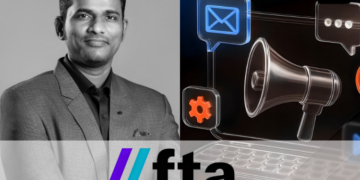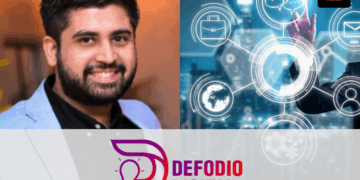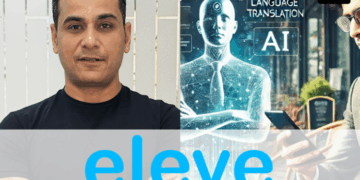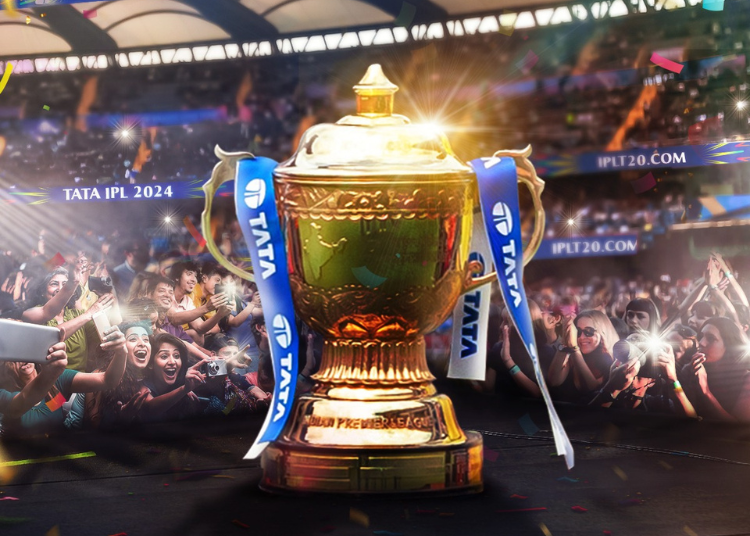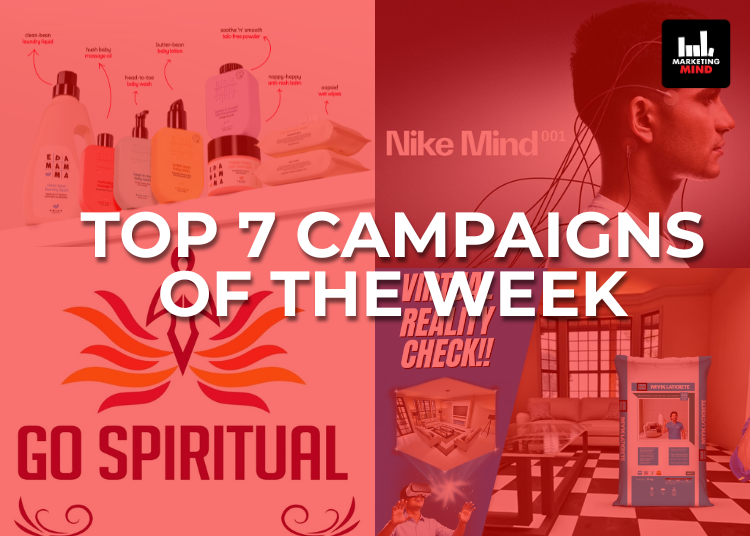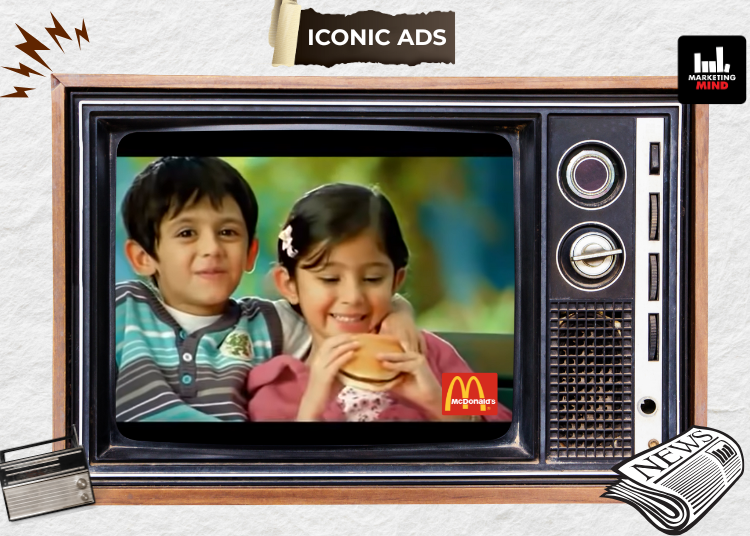The Indian Premier League (IPL) stands as more than just a cricket tournament, it’s a cultural phenomenon uniting millions of fans. Its resonance extends far beyond the boundaries of the cricket field, making its mark felt strongly on social media platforms.
In today’s digital age, the IPL serves as a hub for influencers to collaborate with brands, engage with their followers, sharing in the excitement, fervour, and jubilation that the tournament brings.
This phenomenon continues to gain momentum, as emphasised in a recent report by Qoruz titled ‘The Influencer Marketing Report’. The report stated that influencer-brand collaborations are set to surge by 50% during IPL 2024.
During IPL 2019, there were 1,411 mentions of IPL in Instagram posts by influencers. This number rose to 6,884 mentions during IPL 2023. There has been a 45% increase from 2022 when there were 4,732 mentions. Additionally, in 2023, sports influencers made up 54% of the influencer collaboration share, followed by those in entertainment, beauty, fashion, and others.
Moreover, since last year, a new trend has emerged among IPL franchises, teams are increasingly forming partnerships with content creators and influencers to enhance engagement on their social media platforms. While some teams choose to share amusing reels starring content creators, others opted to showcase behind-the-scenes dressing room conversations, practice sessions, players interviewing each other, and much more.

Shedding light on the growing relevance of influencer marketing in the realm of sports events, Nisha Sampath, Managing Partner, Bright Angles Consulting LLP, in an exclusive conversation with Marketing Mind, emphasised that influencer marketing is a smart and cost effective way for brands to generate engagement with audiences rather than over relying on traditional media presence which is very costly during IPL season.
Furthermore, she found the partnerships of the teams with influencers hugely engaging.
“Fans are always hungry for more close up and backroom views of the players, hence these partnerships have created great content. This is also a fresh channel that brands partnering with the teams can explore to leverage,” she added.
However, Sampath believes that more creative ways to leverage influencer marketing can be explored. In addition to moment marketing, influencers work best when they are creating original content, with freedom to integrate the brand message in their own way.
She also highlighted that during IPL, everyone wants to communicate to fans, hence influencer marketing also runs the risk of being over-leveraged like other channels. Brands need to strategically plan the best influencer fit with their brand and message, or they run the risk of not gaining from the association.
The evolving demand for influencers in sports events
Divyansh Gala, Group Head – Outreach, SoCheers, said that influencer marketing for sports events, especially the IPL, is rising year-on-year. A massive amount of IPL content has been flourishing, created by IPL teams and brands who are roping in content creators and influencers.

“This real-time content is shared across digital media on a daily basis, particularly on match days. Brands like Dream11 feature influencers in their ad films, for example, Viraj Ghelani, Danish Sait, and Baba Sehgal for their “Team se bada kuch nahi” campaign. It is crucial for brands to have a thorough understanding of influencers and their follower-base prior to collaborating with them,” Gala said.
Furthermore, he stated that for the IPL, influencers with a passion for cricket, who are die-hard fans of a particular player, or who converse with their audiences about cricket are a perfect match for collaborations. The content posted by the influencers must be relatable and portray the feelings of millions of fans regarding the performance of their favourite teams. Cricket experts like Aakash Chopra are brought in as influencers for IPL-related activities.
“For the current IPL season, some influencers who have collaborated with IPL teams and brands include Danish Sait for Royal Challengers Bengaluru, Shubham Gaur for Lucknow SuperGiants, Manan Desai for Havmor Ice Creams, and Viraj Ghelani for Dream11,” he added.

Meanwhile, Pankaj Malani, Senior Vice President, Revenue at OML, said, “What IPL and (certain) influencers have in common is ‘Entertainment Entertainment Entertainment’. So, this ‘collab’ was bound to happen, and is destined to grow further. An increasing amount of people are watching reels or shorts on their devices than ever before, and they are more in number than those who consume long-form content like films and YouTube videos. With the advent and greater consumption of content on digital platforms, there has been a noticeable shift towards the proliferation of influencers.”
And if users aren’t watching short form content on their devices, then they’re most likely to be watching the IPL. When these consumers come across an influencer — they’ve seen on reels – who is then promoting an IPL team, the connection is unparalleled and immediate.
“When your favourite Influencer(s) is promoting your favourite IPL team, then you have got that user rooting for the team even more than before,” Malani said.
Influencers that resonate with most audiences usually fall into two categories. First, are the ones who organically create random, but immensely funny and relatable content. It is as simple as that and people end up watching it and scrolling away to eternity. The other can be seasoned creators like comedians, for example, who produce sports-related material, such as analysis, commentary, and fan reactions.
Malani said, “A few names come to mind. For example, we at OML had comedian Varun Thakur collaborate with Mumbai Indians, which wasn’t just about him creating content on his own in his house, but working with Mumbai Indians cricketers and co-creating content. Another one is Satish Ray collaborating with Delhi Capitals.”
“What is common in both these examples is the two creators’ love not just for IPL or cricket but the teams they have worked with. And it is evident from them talking about these teams over the years, and not just during the current IPL season. There are, of course, many other examples – FunCho’s work with Mumbai Indians and Danish Sait who’s working with Royal Challengers Bengaluru. Even Viraj Ghelani for Mumbai Indians or Vibhu Varshney for Delhi Capitals are producing great content,” he added.
Shifting landscape of influencer marketing in sports
Malani emphasised, “This year has over 200 days of just cricket. Then there’s UEFA Euro 2024, The 2024 Olympics, besides regular events viz. tennis championships, English Premier League, Champions League, F1 season, etc. And what we are seeing is the rise of newer formats/sports – pickleball, futsal, arm-wrestling and more within India. The touchpoints to reach any and every kind of Indian sport lover will only expand, and so will the use of influencers – of varying follower sizes – with it.”
“Now, the objective of a brand, on how they want to use influencers will vary from campaign to campaign. In fact, what we’ve mostly seen is that brands emphasise on reach as an objective. They prefer to collaborate with seasoned and established creators and get done with their campaign. Very few will envision the long-term objective of ‘Building Brand Advocacy x Sporting Events x Influencers’. However, the best creative output is achieved when brands think along those lines,” he said.
“At our sports marketing division at OML, we work with creators and influencers to figure out
what storytelling we can do for teams, leagues and sports — integrating this storytelling beyond just their socials to OOH, ATL and on-ground events. We believe that campaigns that will stand out will be those where all stakeholders collaborate seamlessly,” he added.
Gala highlighted that influencer marketing is here to stay and is poised for exponential growth, and the same is true for its role in sporting events like the IPL. The future will likely see an incorporation of technological innovation.
“With the rise of AI and virtual influencers, such as Kyra, we can expect IPL teams and brands to leverage them during major sporting events. Additionally, AI technology could be used to create personalised messages from influencers to fans of specific teams. We can also expect to see more innovative ways of utilising influencers,” he said.
“There will likely be a surge in influencer marketing platforms that can streamline the entire process, from discovering influencers to reporting with detailed data analysis. As more money is invested in influencer marketing, campaign management and performance measurement will become even more crucial for brands. These influencer marketing platforms can address these needs,” Gala added.
Brand strategies for influencer marketing success
Malani believes that there aren’t any brands or categories of brands in particular which are well-suited to leverage influencer marketing within the IPL content. This is because people of all age groups and genders watch the IPL. It’s the best example of community viewing in India, after “Ramayana and Mahabharata”.
“So it’s natural for all kinds of brands (with deep pockets of course) to jump on to this bandwagon and be seen. There are brands that surface only during the IPL season every year and others that capitalise on the collective attention the IPL is showered with. For instance, we have seen a brand like Jindal Steel and Power execute a big campaign during this year’s IPL season. One might argue why a company producing steel would want to be seen by a 16-80 age demographic, but reach is what every brand ultimately aspires for,” he said.
Gala highlighted that a host of industries can leverage influencer marketing during the IPL season. A mantra brands must follow is to incorporate influencer marketing smartly. Successful examples of influencer marketing during the IPL include brands like Swiggy and Dream11.
“It is advisable not to force a connection with your brand and stay true to the brand promise. Industries like Fantasy League Games, food delivery brands, FMCG, consumer goods, amongst others are well-suited for leveraging influencer marketing within IPL,” Gala said.
“Fantasy League Games can leverage influencers who create content around big wins from matches. Food delivery brands can integrate influencer marketing to promote ordering meals while enjoying the match with loved ones. FMCG brands can use influencers to showcase their products as ideal for snacking during matches. Similarly, consumer goods brands can benefit by having influencers demonstrate how their products are used during the games,” he added.
Challenges encountered during influencer-brand collaborations for sports-related campaigns
Malani said that there are no challenges as such that influencers face while collaborating with brands for sports-related campaigns but there are certainly guidelines to abide by, in the event you are specifically working with IPL teams.
“For the past two years, OML has created all the content for Mumbai Indians, including the current IPL season. We also developed a podcast series for Kolkata Knight Riders with comedian and creator Cyrus Broacha. In both the cases, the list of dos and don’ts were very clear, which also helps us immensely when devising ideas,” he said.
Furthermore, he went on to say that the real challenge is to develop content that’s authentic and relatable. To come across as an actual fan of the team you are working with. For example, what Danish Sait has been doing with Royal Challengers Bengaluru over the years is a true case of authenticity.
“He is not perceived as just another paid collaborator with the IPL team anymore. But something like that takes time to build and develop. What can work is talking about the team consistently throughout the year, and not just when one is getting paid for a collaboration,” he added.
On the other hand, Gala stated that influencers and content creators face several challenges when collaborating with brands on sports-related campaigns. For those working on month-long IPL campaigns and activities, ensuring content isn’t repetitive and generating fresh ideas to keep audiences engaged is crucial.
“First ideas are common for influencers, but what truly sets them apart is offering unique content that keeps them buzzing. Authenticity is key. Influencers need to be mindful while promoting brands, as audiences can easily detect inauthentic endorsements. Striking a good balance between brand promotion and genuine passion is essential,” he added.
Rise of micro and nano influencers in IPL campaigns

Sridhar Ramanujam, Founder & CEO, Integrated Brand-comm, said, “You have probably noticed how brands like Sugar Cosmetics are heavily relying on influencers, especially micro-influencers. These influencers often have dedicated and loyal followers, and they come at a lower cost compared to big-name influencers. This trend isn’t exactly new, but what’s changing is how brands are integrating it into their strategies.”
He added that brands are adapting by exploring all available options in the market to boost engagement. They can even consider performance marketing, where micro-influencers are paid based on their impact. For instance, if they drive a certain number of sales, they get compensated accordingly. This nuanced approach reflects a shift towards more cost-effective solutions, especially since traditional advertising like television is becoming less viable for many brands.
Gala underscored that the trend of micro and nano-influencers participating in IPL campaigns is gaining traction. Leveraging these influencers offers several advantages, including targeted reach, cost-effectiveness, higher engagement rates, trust, authenticity, and an enhanced sense of personalisation. These influencers boast highly engaged niche followings, making them ideal for reaching specific audience segments within the broader IPL fanbase.
“For example, Havmor, a sponsor for the Gujarat Titans, collaborates with local creators to resonate with the region-specific sentiment. This approach ensures their content effectively connects with their target audience. Brands can collaborate with multiple micro/nano-influencers to achieve a wider reach at a potentially lower cost compared to big-ticket celebrities. This strategy also allows for a variety of content, as each micro-creator brings a unique perspective on showcasing the brand and delivering its promise,” he added.
Malani said, “Whether it’s IPL-related or otherwise, we are witnessing a steadily rising demand for micro-influencers from many brands. When it comes to the IPL, again because it’s being consumed by a huge and varied set of audience, the demand for micro-creators is exceptionally high. Brands that are targeting masses – with products at a relatively lower price point – benefit most from micro-influencers, whether it a KFC or a Myntra.”
He stated that the advantage these influencers offer is reach and connection with specific micro-communities, where a brand can run a city or region-specific campaign like offers and discounts. It’s like turning one’s promotions into friendly recommendations instead of just another marketing campaign. As the industry of micro and nano influencers grows, the demand is going towards niche micro-creators, and it is only bound to continue increasing in the coming years.

